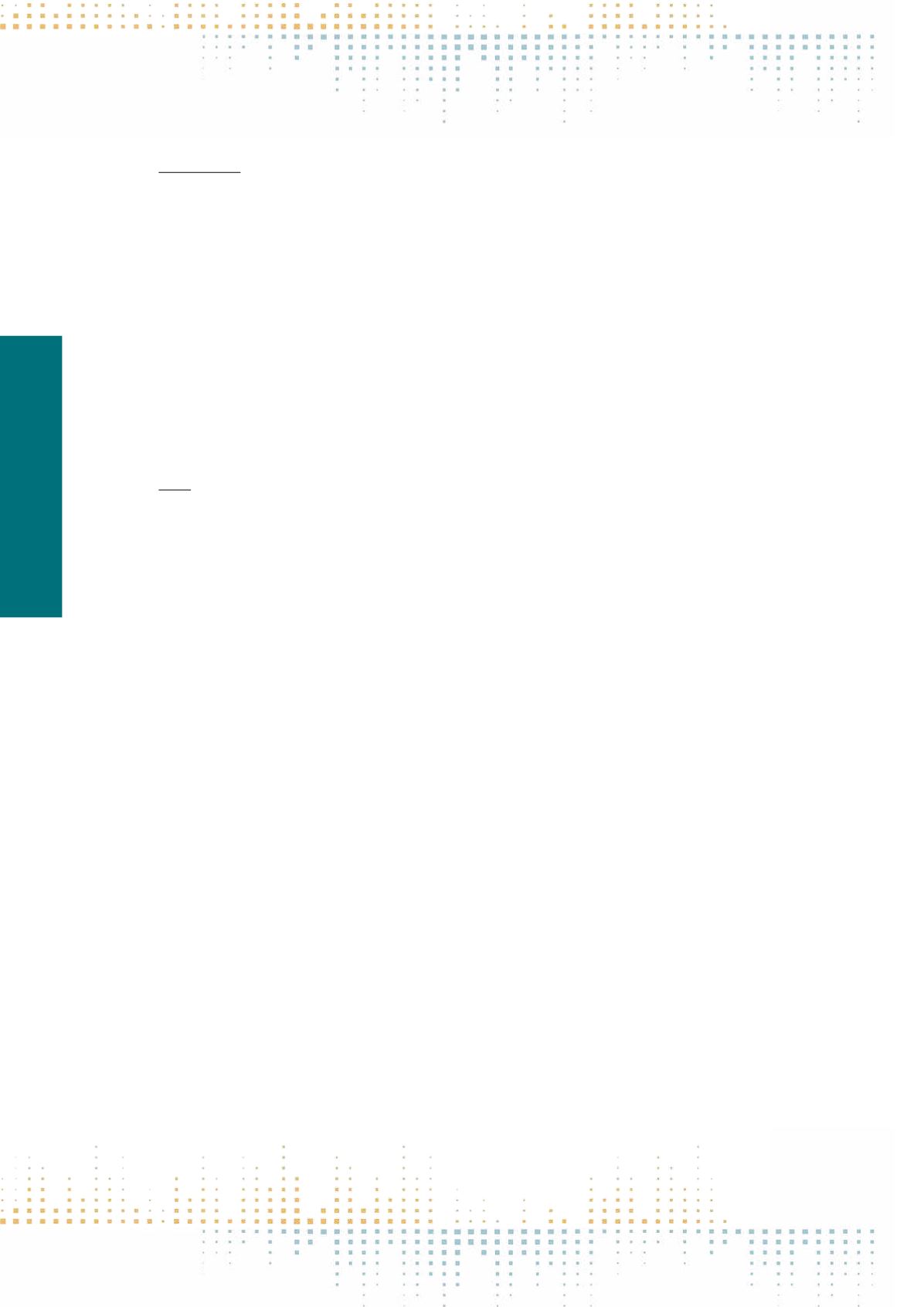

88
Friday, November 11
1 8 : 0 0 – 1 9 : 3 0
PP 463
Media in Conflict-Torn Transition Democracies. Comparing Media Policy in Post-Soviet Georgia and Azerbaijan
D. Spörer-Wagner
1
1
University of Zurich, NCCR Democracy, Zurich, Switzerland
After the collapse of the Soviet Union, the definition of state borders has become a controversial issue. Territorial disputes resulted more often than not
in violence and many of the conflicts remained unresolved, as it is the case in Georgia and Azerbaijan. An intensive academic debate started on conflict
resolution and pitfalls of democratization, but media received rather little attention although people’s need for political information is particularly strong in
conflict-torn settings. The extent to which media can satisfy this need is first and foremost a matter of media policy. But such studies remained rare in polit‑
ically unstable countries, with former Yugoslavia as an exception. The proposed paper examines changes in media independence and diversity in transition
democracies under conditions of unsettled territorial conflicts. It combines theories of conflict research, democratization and mass communication, with
an emphasis on various stages of conflict. In contentious political situations, media become significant targets for opposing parties to mobilize masses for
their own purposes. This often results in conflict escalation, which is accompanied by a limitation of media freedom and political information available. In
this paper I study the extent to which national media policy varies under different conditions of an unresolved territorial conflict that runs parallel to the de‑
mocratization of the political system. Based on the assumption that a conflict is a dynamic, but not necessarily a linear process, I explore the relationship
between phases of violent conflict and alterations in the legal framework and the outlet structure of national press,TV and online news media in post-Soviet
Georgia and Azerbaijan from 1991 to 2010. The findings show that violent conflicts affect media freedommore than media diversity, and the level of media
control increases more under conditions of recurrent eruptions of violence.
PP 464
Communication Procedures vs. Communication Culture
S. Kruk
1
1
Riga Stradins University, Communication, Riga, Latvia
A few years ago the word‘culture’reappeared in the scholarly literature on Eastern Europeanmedia and communication. In 1990s it was believed that the re‑
form of institutional structures, represented teleologically as the‘return to the western world’, would have brought these countries closer to the ideal public
sphere. Today scholars have to explain the malfunctioning of public political communication. Essentially contested notion of culture however can explain
everything explicating nothing. I suggest that a more careful analysis of institutional structures of communication can explain better the practice of public
communication; besides it can propose concrete solutions to the problem. This paper conceptualizes the Latvian case. Empirical data consists of three sourc‑
es: 1) national representative opinion polls reveal the practices of public communication; 2) discourse analysis of the parliamentary debates corpus explains
how the MPs treat the notions of‘society’,‘politics’,‘political’, etc. 3) analysis of policy documents pertaining to civil society and democratic decision-making
reveals the legal barriers to public communication.The paper suggests that a peculiar perception of politics as a zero-sum game affects the legal documents
deciding the order and procedures of public political communication. As a result groups of interest are deprived of equal access to decision-making and
the distrust to deliberative democracy and mass media increases.



















